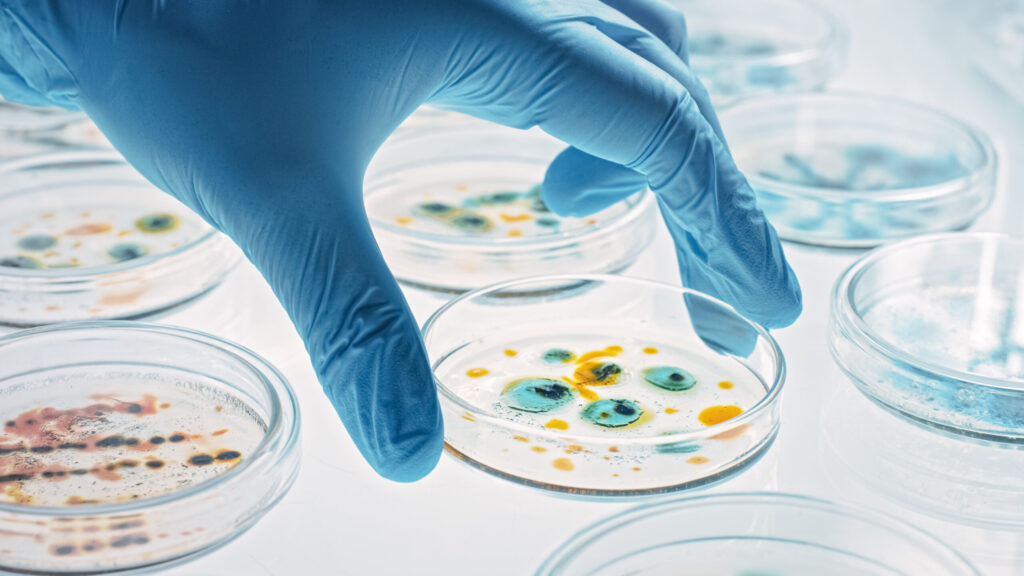Antibiotic resistance remains one of the most pressing threats to global health, yet identifying resistance genes in the environment is difficult. Traditional sequencing can catalog DNA, but it cannot reliably predict function for the vast majority of unknown genes. Functional metagenomic libraries offer a solution by testing gene activity directly, but until now they required relatively large amounts of DNA, limiting their use in settings where microbes are scarce.
A powerful tool for scarce samples
Reporting in mSystems, researchers at the University of Illinois Urbana-Champaign, led by Terence Crofts, PhD, developed METa assembly, a method that builds functional metagenomic libraries using 100 times less DNA than standard techniques.
“With antibiotic resistance on the rise, it’s more important than ever to understand the full diversity of mechanisms bacteria may be using to inactivate or avoid antibiotics,” said Crofts. “If we can get a clearer view of the resistance genes out in the environment, that will give biomedical researchers a chance to look out for them in the clinic and potentially design more effective drugs.”
The technique involves chopping environmental DNA into gene-sized pieces and inserting them into E. coli, which can then express the foreign genes. Exposing these modified bacteria to antibiotics quickly reveals which DNA fragments carry resistance traits. As Crofts explained, “If E. coli has a resistance gene, it can survive an antibiotic. If it doesn’t, it dies.”
Discoveries in unexpected places
Using METa assembly, the team generated libraries from challenging low-biomass sources: water samples from the Shedd Aquarium in Chicago and a single fecal swab from a human volunteer. Despite the limited DNA, the libraries yielded novel resistance mechanisms.
- In aquarium samples, they identified new families of efflux pumps— protein channels that expel tetracycline from bacterial cells.
- In human stool, they discovered what appears to be an entirely new class of proteins conferring resistance to streptothricins, an old antibiotic family currently being revisited for modern clinical use.
“Streptothricin is being brought up as this potentially clinically useful antibiotic,” Crofts noted. “But we should really be trying to find out what resistance is already out there in the environment.”
Implications for human and animal health
Beyond human samples, Crofts plans to apply METa assembly to agriculture, where heavy antibiotic use in livestock creates fertile ground for resistance to emerge. “Agriculture puts all these mammals in close association with this reservoir of antibiotic resistance genes in the soil. Since we’re giving these animals large amounts of antibiotics it becomes a very ripe environment for resistance to develop and jump into bacteria that can impact our own health,” he said.
By enabling resistance genes to be captured from scarce or sensitive environments, METa assembly broadens the scope of discovery—from aquariums to clinical stool samples to farms.
A new lens on resistance
The ability to capture resistance from trace DNA means researchers can now survey microbial communities that were previously inaccessible. Even when genes code for proteins of unknown function, their survival under antibiotic pressure confirms their role in resistance, opening new avenues for mechanistic study.
As Crofts summarized, METa assembly is “a way to get around the problem that sequencing has outpaced our ability to guess gene function. It gives us the means to see resistance that would otherwise remain hidden.”

